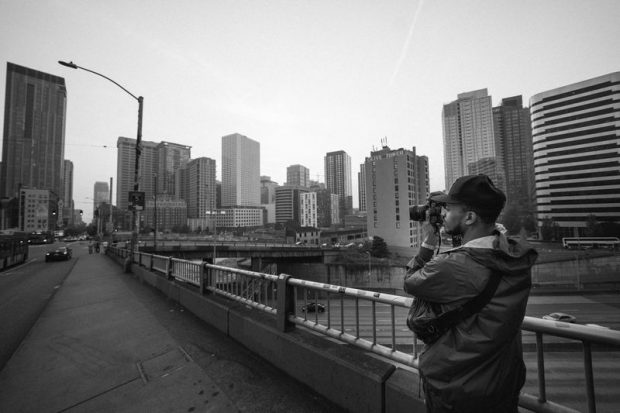The Framing Streets Statements
Table of ContentsSome Ideas on Framing Streets You Need To KnowAn Unbiased View of Framing StreetsThe 7-Minute Rule for Framing StreetsSome Known Details About Framing Streets Framing Streets - An OverviewThe Framing Streets Ideas
, generally with the objective of capturing images at a crucial or poignant moment by cautious framework and timing. http://go.bubbl.us/de6c3c/6f37?/Framing-Streets.
His boots and legs were well defined, but he is without body or head, since these were in activity." Charles Ngre, waterseller Charles Ngre. https://peatix.com/user/20569123/view was the first digital photographer to achieve the technological sophistication required to register people in motion on the road in Paris in 1851. Photographer John Thomson, a Scotsman dealing with reporter and social protestor Adolphe Smith, released Road Life in London in twelve monthly installations beginning in February 1877
Framing Streets Things To Know Before You Get This
Eugene Atget is considered as a progenitor, not since he was the very first of his kind, but as a result of the popularisation in the late 1920s of his document of Parisian roads by Berenice Abbott, that was motivated to take on a comparable paperwork of New York City. [] As the city created, Atget aided to advertise Parisian streets as a deserving subject for digital photography.

Some Known Details About Framing Streets
Martin is the initial taped digital photographer to do so in London with a masked electronic camera. Mass-Observation was a social study organisation founded in 1937 which intended to tape-record daily life in Britain and to videotape the responses of the 'man-in-the-street' to King Edward VIII's abdication in 1936 to wed separation Wallis Simpson, and the succession of George VI. The chief Mass-Observationists were anthropologist Tom Harrisson in Bolton and poet Charles Madge in London, and their initial report was created as guide "May the Twelfth: Mass-Observation Day-Surveys 1937 by over 2 hundred viewers" [] Home window cleaner at Kottbusser Tor, Berlin, by Elsa Thiemann c. 1946 The post-war French Humanist Institution digital photographers located their subjects on the road or in the diner. Between 1946 and 1957 Le Groupe des XV yearly displayed job of this kind. Andre Kertesz. Circus, Budapest, 19 May 1920 Street digital photography created the major content of two exhibitions at the Museum of Modern Art (Mo, MA) in New York curated by Edward Steichen, Five French Professional Photographers: Brassai; Cartier-Bresson, Doisneau, Ronis, Izis in 1951 to 1952, and Post-war European Digital Photography in 1953, which exported the principle of road digital photography worldwide.

All about Framing Streets
The recording machine was 'a concealed video camera', a 35 mm Contax hidden underneath his coat, that was 'strapped to the upper body and attached to a long cord strung down the ideal sleeve'. His work had little contemporary impact as due to Evans' level of sensitivities concerning the originality of his job and the personal privacy of his subjects, it was not released until 1966, in the publication Many Are Called, with an intro composed by James Agee in 1940.
Helen Levitt, after that a teacher of children, linked with Evans in 193839. She documented the transitory chalk illustrations - 50mm street photography that belonged to children's road society in New york city at the time, as well as the kids that made them. In July 1939, Mo, MA's brand-new photography section included Levitt's operate in its inaugural exhibitRobert Frank's 1958 publication,, was significant; raw and typically out of emphasis, Frank's photos examined mainstream photography of the time, "challenged all the formal policies put down by Henri Cartier-Bresson and Walker Evans" and "contradicted the wholesome pictorialism and wholehearted photojournalism of American magazines like LIFE and Time".